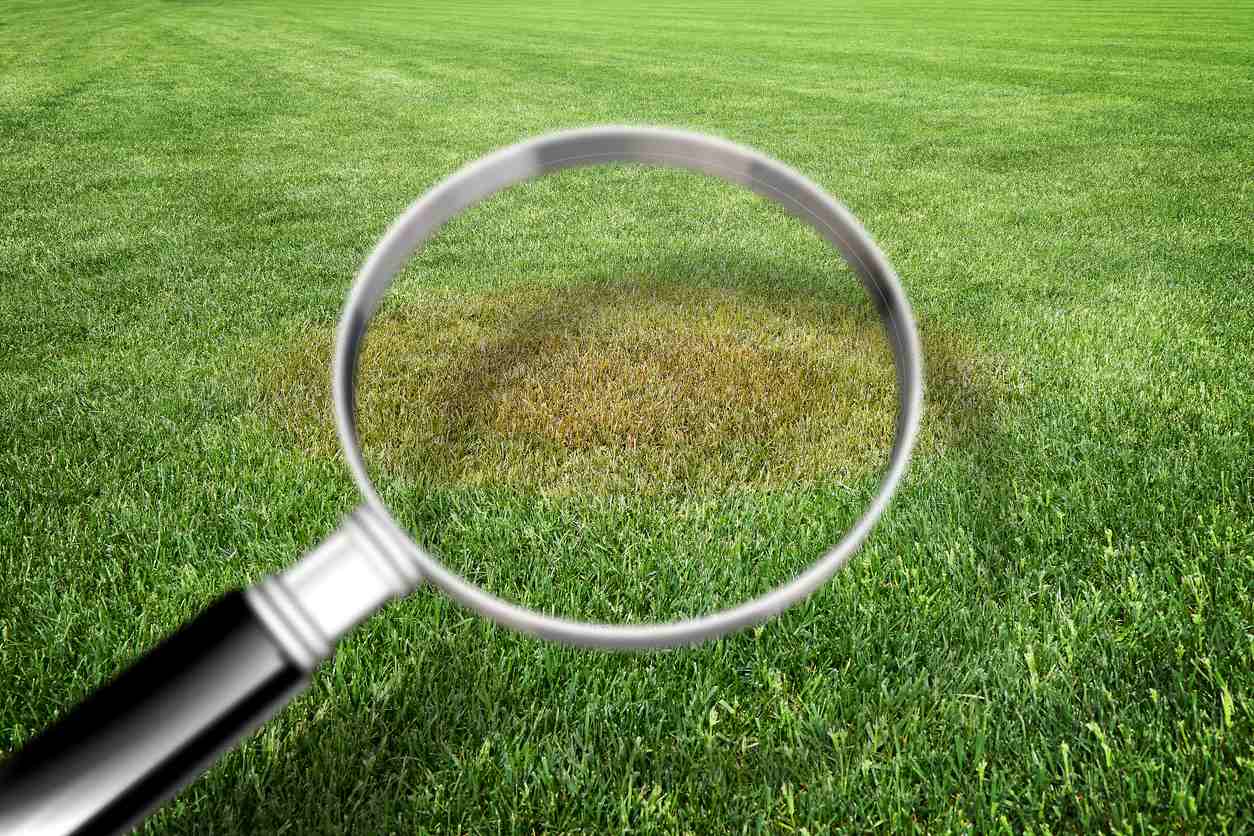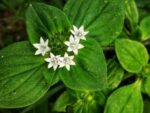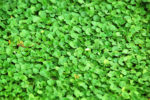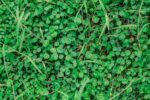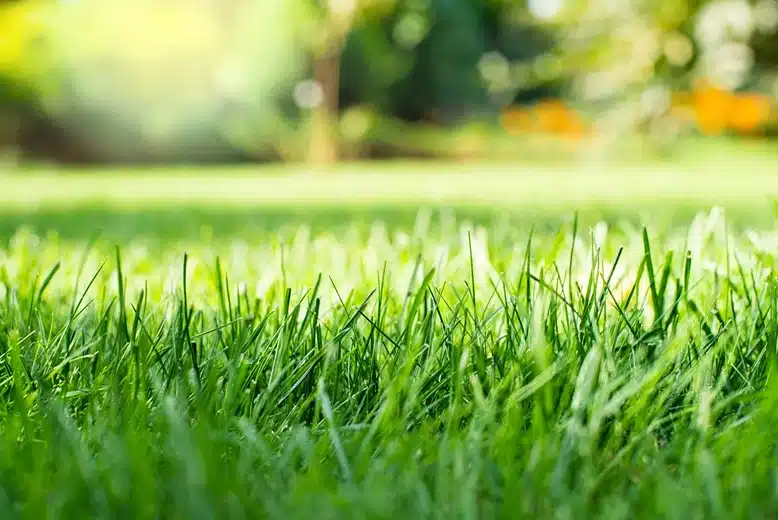
The Best Time to Treat for Lawn Pests in Florida
In Southeast Florida, our warm climate creates the perfect environment for year-round insect activity — and that means pest control isn’t a one-time job. To keep a green and healthy lawn all year long, you need to understand the best time to treat lawn pests in Florida based on pest behavior, turf type, and seasonal conditions.
Why Pest Control Timing Matters in Florida
Pest life cycles vary with temperature, rainfall, and the growing season. Applying treatments at the wrong time can waste resources — or worse, allow pests to do serious damage. That’s why a well-timed lawn pest treatment schedule is key.
Florida’s rainy season, drought stress, and high humidity can all affect insect activity, turf health, and the spread of lawn disease. For St. Augustine grass, Zoysiagrass, and Bermuda grass, knowing when to spray for lawn bugs in Florida is just as important as knowing what to spray.
Seasonal Lawn Pest Control in Florida
Let’s break it down season by season:
Spring and Early Summer Treatments
As temperatures rise, turf comes out of its dormant state and pests become active. This is the ideal time to begin insect prevention.
- Chinch bugs often show up in St. Augustine grass during hot, dry spring weather.
- Grubs (larvae of scarab beetles) begin feeding on roots as they hatch.
- Sod webworms may appear as moths flying around grass — a sign that their larvae will soon be chewing the grass.
- Apply fertilizer and complete weed control during this time to strengthen the turf for the season ahead.
Late Summer and Fall Pest Control
By late summer, insect pressure peaks — especially during and after the rainy season.
- Sod webworm and chinch bug damage can be extensive if not treated.
- Look for brown patches, thinning areas, or grass that lifts easily — signs of grub or webworm activity.
- Don’t forget: many Florida lawn pests are still active well into the fall, especially in Bermuda and Zoysia lawns.
- Spot-treat for weeds and monitor for lawn disease that thrives in high humidity, such as brown patch fungus.
Florida Lawn Care Timeline and Treatment Schedule
While pest types vary, the rule of thumb is simple: schedule treatments proactively before damage occurs — not after.
- Spring: Begin preventative pest control and fertilization as turf greens up.
- Summer: Apply targeted insecticides and monitor for drought stress.
- Fall: Continue treatment to prevent overwintering of pests and lawn disease.
- Winter: While turf may slow down, year-round maintenance is still important — inspect for early pest signs and adjust irrigation to avoid fungus and disease.
When to Spray for Lawn Bugs in Florida
The best time to treat lawn pests in Florida depends on identifying pest activity early — and acting fast. If you wait until you see damage, it might be too late. The best option is year-round maintenance.
That’s why partnering with a professional lawn pest control company makes a difference. At Hulett, we build custom lawn programs based on your turf type, local pest pressure, and the unique needs of your yard. Whether you’re battling chinch bugs, grubs, sod webworms, or even fleas and ticks — or just looking to keep your lawn green, lush, and pest-free — we’ve got you covered.
Just Call Hulett to start your seasonal lawn pest control program today — and protect your Florida lawn with smart, science-based timing that works.

